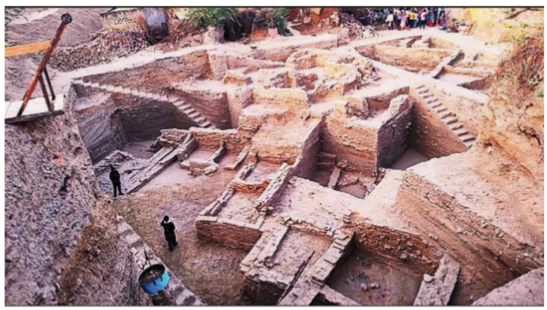![]() 24 Jun 2025
24 Jun 2025

The Archaeological Survey of India (ASI) has uncovered a 3500 years old archaeological site and ancient palaeochannel buried 23 meters underground in Bahaj village, Deeg district, Rajasthan.


<div class="new-fform">
</div>